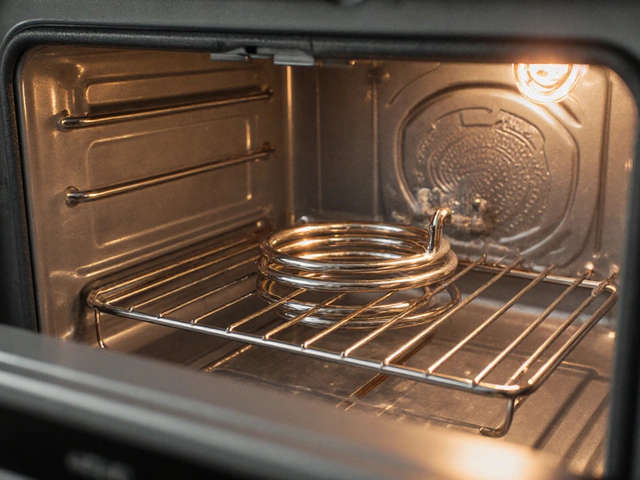Understanding Laptop Repair Costs: What You Need to Know
December 6 2024Washer Repair Tips: Quick Fixes to Keep Your Machine Running
If your washer starts making noise, leaks, or won’t spin, you don’t have to call a tech right away. Most problems have a simple cause you can spot and fix yourself. Below are the most common issues and step‑by‑step fixes you can try.
Spotting Common Issues
First, listen for unusual sounds. A rattling drum usually means a loose object – a coin or a button – stuck in the drum or pump. Pull the plug, remove the front panel, and check the seal and drum for debris.
Next, look for water leaks. Leaks often come from the hose connections or the pump seal. Tighten any loose clamps and replace cracked hoses. If the leak is at the bottom of the machine, the tub seal might be worn and needs a replacement.
When the washer won’t spin, the most common culprits are the lid switch, the drive belt, or a blocked pump. Test the lid switch with a multimeter; if it’s faulty, replace it. A broken belt will need a new one – slide the old belt off the motor pulley and snap the new one in place.
Check the power supply if the machine won’t start at all. A tripped circuit breaker or a blown fuse can be the reason. Reset the breaker or replace the fuse, then try again.
Easy DIY Fixes
Cleaning the filter is a quick win. A clogged filter reduces water flow and can cause error codes. Locate the filter (usually behind a small door at the front), open it, and rinse out any lint or fabric pieces.
Balancing the load can stop shaking and noisy cycles. Overloading or mixing heavy items with light ones throws the drum off‑balance. Spread the laundry evenly and run a short spin cycle to test.
If the water isn’t filling, inspect the inlet valve. Turn off the water, disconnect the hoses, and look for sediment blocking the screens. Clean the screens with a brush and reassemble.
For a smelly washer, run a hot wash with two cups of white vinegar and a half‑cup of baking soda. This clears buildup and kills mold.
Finally, keep the door gasket clean. Wipe it with a damp cloth and a bit of detergent each month to prevent mildew and seal leaks.
When you’ve tried these steps and the problem persists, it’s time to call a certified gas engineer or appliance repair service. They have the tools and expertise for motor, electronic, or internal component issues.
Regular maintenance saves money and extends the life of your washer. Schedule a quick check‑up every six months: clean the filter, run a cleaning cycle, and inspect hoses for wear.
Remember, safety comes first. Always unplug the appliance before opening panels, and never work on electrical parts if you’re unsure. With a little know‑how, most washer hiccups are easy fixes you can handle at home.
 7 May
7 May
Washer Problems: How to Diagnose Them Fast
Ever had your washing machine refuse to spin or make weird noises? This article gives you the inside scoop on diagnosing the most common washer problems without the guesswork. You'll get practical advice, easy checks you can do at home, and what to look for before calling in the pros. Catch the issue early and avoid spending a fortune on repairs. Save time, money, and maybe your favorite pair of socks.
Read More...



